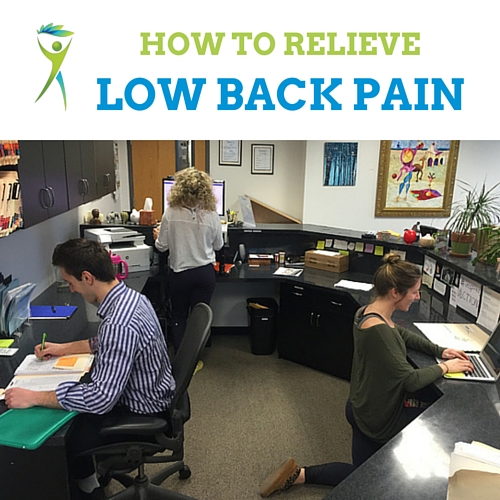
22 Feb How to Relieve Lower Back Pain
Author’s Note: This post was written and intended as an email to a low-back-pain sufferer who contacted our office and lives too far away to come in for a diagnosis for their pain and begin to resolve all of the individual dysfunctions causing their chronic pain. Because the goddesses of legality are chirping in my ear, please know that none of this should be taken as medical guidance and you should consult with your primary doctor before implementing any interventions.
Some call me a psychic.
Let’s try my luck here with your low back pain. It can be dangerous to make generalizations, but chronic low back pain tends to follow patterns when we are talking about more than n=1.
I assume that:
- You spend a lot of time sitting (more than four hours per day).
- Your low back pain is around L4-S1, your SI joints, and the upper portion of your butt bone (sacrum).
- If you’ve had an image of your spine (either an x-ray or MRI), you’ve been diagnosed with a lumbar disc pathology.
- You can’t touch your toes.
- You’ve had multiple episodes of pain going back years.
All of the above data points contribute to the most common of musculoskeletal pain conditions, low back pain caused by damaged discs in an excessively sedentary lifestyle.
A word of caution: If you’re having nerve symptoms such as sharp or achey pain or nerving tingling or numbness shooting down your thigh, leg, or foot … AND it’s getting worse as time goes by, don’t mess around! Go to the orthopedic doctor and get a consult. It’s dangerous to mess around with dying nerves as nerve damage can be permanent if left to linger for too long.
Assuming this is the case, here are some techniques for relief.
How To Relieve Lower Back Pain
To relieve any pain, several variables are involved.
- You need to take stress off of the injured area. In the biomechanical world, we call this “deloading” the overloaded area.
- You need to provide the injured area with necessary building blocks for healing:
- Movement nutrition
- Metabolic (food-related) nutrition
- Immune nutrition
- You need to respect the timeline for healing.
Movement Poison: Deload the Disc
Remember that pain is a sign of load (the work you do) exceeding capacity (the work your able to do).
If you injured your disc doing any type of fitness program or movement, such as gymnastics, crossfit, weightlifting, powerlifting, jujitsu, MMA, or zumba, stop doing it unless your regular life activities (ie. sitting, walking, or cleaning the house) are pain-free. You need to return load back to a manageable amount for your low back’s capacity.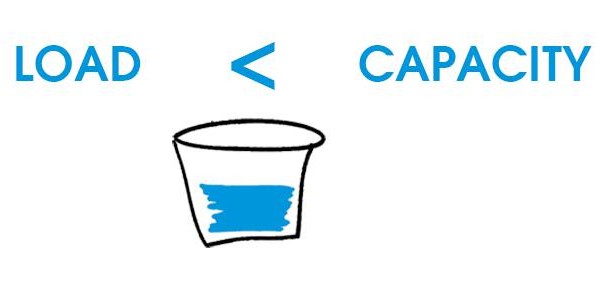
Too many people hurt their low backs only to resume activity before their spine is back to optimal states with a full, empty bucket that is able to handle more work. You, as someone who values treating their body with the utmost love and respect, need to listen to your body’s pain signals and not do anything that causes further load, degeneration, and pain to your body.
Among regular life activites, sitting is among the highest amounts of load for your low back.
Therefore, sit as little as possible if you want to reduce your acute pain now and if you want to prevent further deterioriation of your spine in the future (years down the road).
Take micro-breaks, defined as a 1-5 minute break where you go to the bathroom, walk the dog or stop by a friend’s cubicle, drink some water, or re-energize under the warmth of the sun. Take a micro-break at least every thirty minutes.
Movement Nutrition: Ensure a Mechanically Safe Healing Environment
The only healthy posture is one that is always changing. ~Stu McGill
Consider increasing the amount of work postures you have from one to as many as possible.
In the Barefoot Rehab office, we have four work postures to choose from when doing computer or paper work:
- Sitting (Curtis on the left)
- Standing (Sara in the background)
- Kneeling on the right knee with pillow support
- Kneeling on the left knee with pillow support (Katie on the right)
Each posture creates a different alignment allowing you to use some tissue more and other tissue less. It is the constant changing of movements and postures that allows your whole body to work in unison without overusing low capacity tissues.
In the skeletal alignment below (I drew them as pirates since I was feeling like a pirate today), notice the different orientation of the low back, hips, and butt bone (sacrum), to each other.
While a standing desk is better than a sitting desk, it should be considered a lesser evil, not necessarily a better option than sitting. The idea for a healthy low back is to always change postures (some people call this “moving”). Therefore, you “bullet-proof-back” your environment by having different postures you can resume and cycling through those postures.
As far as movement nutrition, the cat-cow exercise is your best friend. It allows you to bring your spine into the full spectrum of flexion and extension ranges, which is a healthier load for the discs when compared with rotation. It is done in the gravity-free environment of the quadruped position, which minimizes risk of further injury.
Perform the cat-cow in sets of six to ten repetitions as much as needed throughout the day. At minimum, perform first thing in the morning before getting out of bed and after any extended sitting period of time. The morning cat-cow is necessary because as you sleep, the discs of your spine take on water without gravity compressing the vertebra into your discs. Performing the cat-cow out of bed is like wringing a sponge full of water and decreasing the pressure in your low back.
Lunges and lunge stretches are required for anyone with restricted hip extension range of motion (that test will come at a later time).
Perform five lunges per leg for every thirty minutes of sitting.
Here is what good and bad lunge form looks like:
Metabolic Nutrition: Provide Building Blocks for Healing the Structure of Your Body
An anti-inflammatory diet that maximizes nutrition and minimizes nutritional poisons is how you heal as quickly as possible (and minimize the risk of nearly every chronic disease).
Therefore, if you haven’t experimented with a 30-day elimination diet where you remove grains (with the most common inflammatory offender being gluten), dairy (Dairy Intolerance and How to Determine if You Have it | Mark’s Daily Apple), chocolate, coffee, and beans, you should do so now if you can commit to the full 30 days.
Ensure that you’re drinking enough water for the proper movement of nutrition to the damaged area and waste products out of the damaged area. A quick and easy formula for ideal consumption is to drink (in ounces) at least half your body weight (in pounds).
The best strategy to implement a plan for water consumption is to have a container that you know how many ounces of water it can hold. Than reverse engineer how many times you need to refill the container and make sure you fill it every X hours to hit your end of the day quota.
Make sure you’re consuming animal protein every day. In short, animal protein (ie. milk, eggs, meat, fish, chicken) has more protein (in grams), more bioavailability (our body is able to use the protein easier), and less anti-nutrients (nutritional molecules that prevent the absorption of other health-producing nutrients such as phytic acid and lectins) than vegetable protein.
Immune Nutrition: Ready Your Mind and Your Hormones to Get Out of the Way
De-stress as much as possible throughout every day.
Your sympathetic nervous system, aka the fight-or-flight nervous system, works to save your life in acute situations. By saving your life, your body allocates resources to your muscles to literally, fight or flee, and takes resources away from your immune system to heal your body.
Your parasympathetic nervous system, aka the rest-and-digest nervous system, prepares your body to live in the future because your environment is safe and sound in the present moment. When your body allocates resources to resting and digesting, energy also goes towards your immune system to fight that underlying bacterial infection that has been keeping you sick for years.
You tip the scales towards healing by monitoring and limiting those times when:
- your work is getting the best of you when you should be sleeping in bed
- you curse off the cars in front of you sitting in rush hour traffic
- you have no opportunities for self-care to recharge.
Simple stress-management techniques to experiment with include:
- Meditating (or deep breathing) as much as possible throughout every day. You can set aside five to thirty minute periods to implement a real meditation practice with the support of apps like Headspace and Calm. Or you can simple take a breather break to take five breaths for every thirty minutes of work.
- Practice mindfulness (this guide from relaxlikeaboss.com is wonderfully comprehensive and practical) when washing the dishes or being with your family.
- Reading fiction books during the day or before bed.
- Lighting candles and taking a warm bath.
- Rubbing your hands with essential oils to stimulate your senses.
- Eating a meal with someone who makes you feel recharged.
Immune Nutrition: Get Your Minimum Hours of Sleep
Sleeping less than eight hours in the summer and nine hours in the winter is never acceptable. The prime time for healing your body is when you sleep. Anything less than the minimums is not cutting it.
Stop messing around with your sleep to re-engineer your lifestyle to make room for this all-too-precious resource.
A Word on Ice, Heat, and Other Therapeutic Modalities
There’s no question that ice, heat, ultrasound, electronic stimulation, and any other pressure-related form of relief can provide relief for lower back pain.
Expectations for Success with Low Back Pain Relief
If you do the above, you should expect to experience less intensity and duration of symptoms within hours to days.
The intensity and duration of symptoms should continue to gradually decrease over weeks.
If the baseline level of symptoms isn’t lower one month out from implementing these practices, it’s time to:
- Get a comprehensive diagnosis. This would include a thorough movement history, a functional movement exam of all relevant joints below the T12 vertebra, imaging, and treatment within a test-treat-retest model of care.
- Begin sweet-spot treatment solutions for each individual problem contributing to your pain.
Even with a diagnosis, lower back pain caused by disc pathologies can take years (literally) to fully heal so it’s best to respect these scary monsters of a problem as much as possible.
Are you more aware how you can rebuild your body when using the tools?
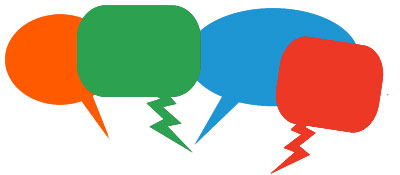 Let us know, what is your experience with practices for lower back pain relief? Please share comments below.
Let us know, what is your experience with practices for lower back pain relief? Please share comments below.

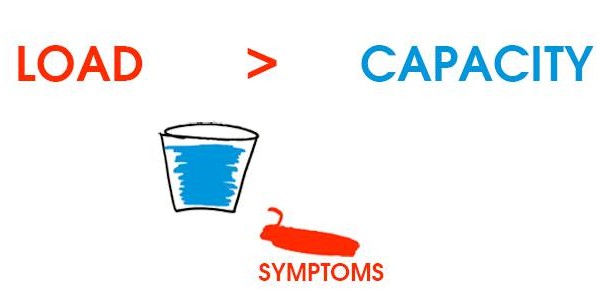
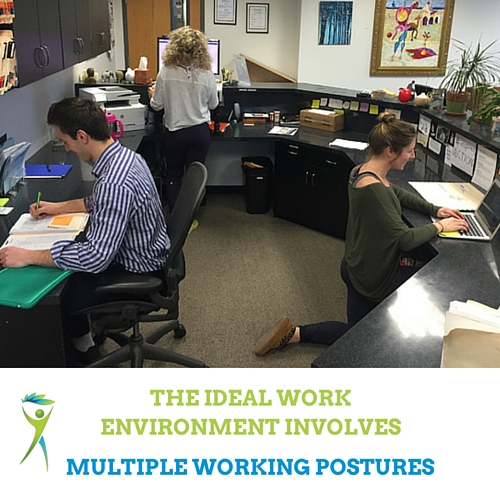


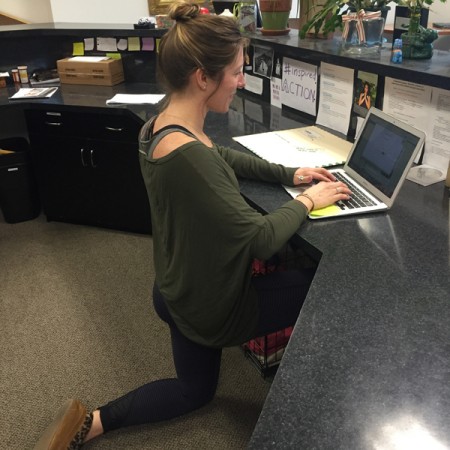


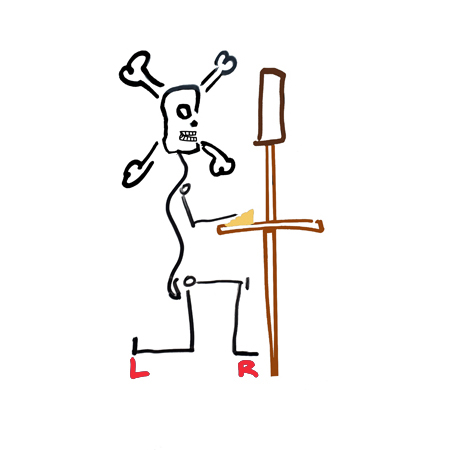


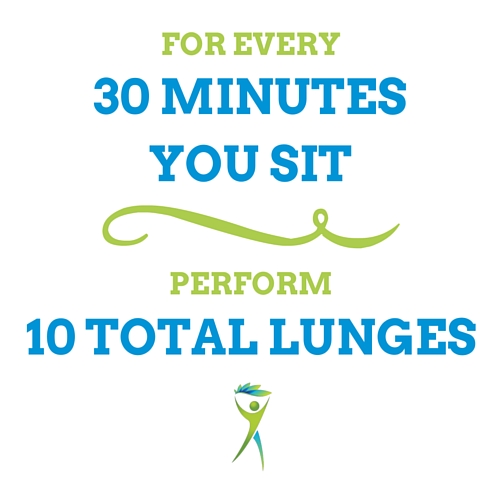
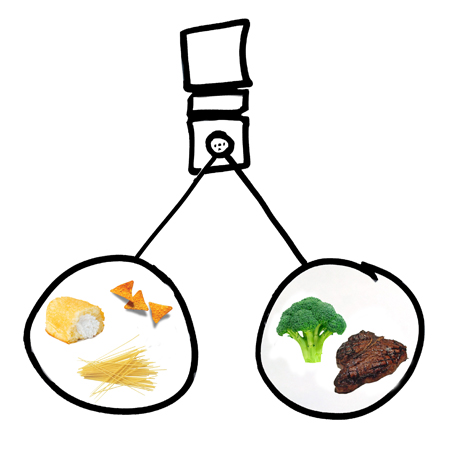
fredt
Posted at 15:37h, 23 FebruaryI did not get relief until I took up archer. I suffered for 25 years. Within a few days, the pain started to reduce, and remained mostly gone since. I worked up to 55 pound recurses in traditional form both left and right with no low back pain. Muscles get tired when I overdo it, but that does not hurt the same.
Dr. Chris
Posted at 16:49h, 23 FebruaryHi Fredt! Do you mean archery? That’s super interesting. What is a “recurse”? 25 years of pain that are relieved by one modality (tool) is certainly a home run. Please let me know your thoughts on my questions, I’d love to learn more. TY for commenting!
Jon Muller
Posted at 00:54h, 03 AugustHow about supplements such as glucosamine? What are your thoughts in the role they play in fighting back pain? I’ve also heard certain oils help lubricate the joints and disks in the body, which may be helpful.
Dr. Chris
Posted at 01:16h, 03 AugustHey Jon, I don’t like “diminishing returns”. But if it helps the occasional person, all the power to them.